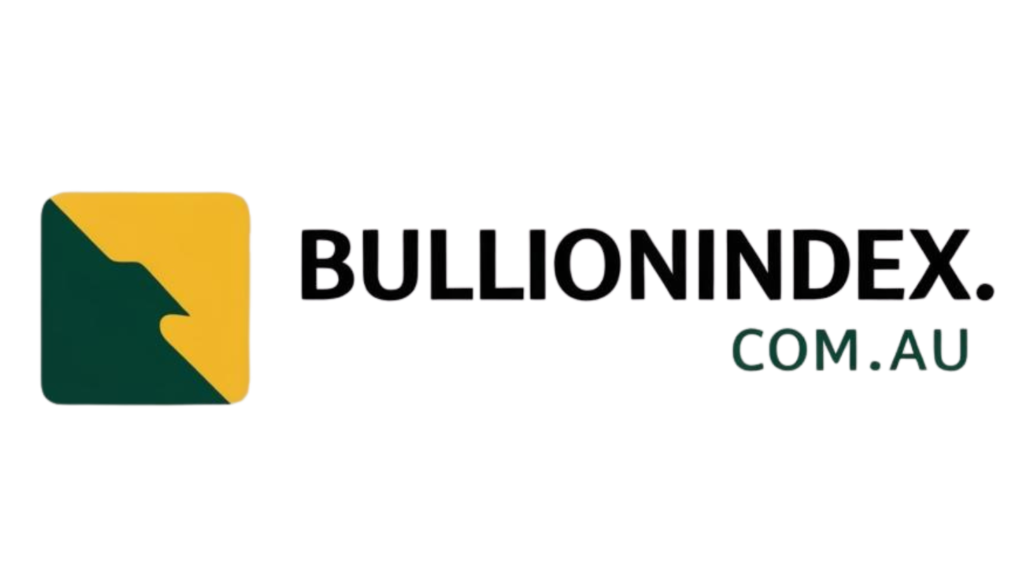Rio Tinto, a major global mining company, has announced plans to increase its investment in American copper operations following the introduction of a 50% tariff on copper imports by the Trump administration. This move is aimed at reducing the country’s reliance on foreign copper sources and boosting domestic production capacity, particularly in critical sectors like renewable energy, construction, and electric vehicles.
Copper, a vital industrial metal, plays a crucial role in various applications, including renewable energy infrastructure, electric vehicles, defense, construction, and consumer electronics. The implementation of tariffs signals a significant shift in trade policy to address the supply-demand gap in the United States, where the country consumes more copper than it produces.
Despite the economic benefits of tariffs, industry experts caution that developing new mines requires time, substantial investment, and regulatory approvals. However, the policy change creates a conducive environment for mining companies to consider long-term investment strategies in copper production in the US.
Rio Tinto’s strategic focus on American copper assets, particularly the Resolution Copper project in Arizona and the Kennecott operations in Utah, positions the company to capitalize on the changing landscape. The Resolution Copper project, a joint venture with BHP Group, holds the potential to become one of North America’s largest copper mines, significantly contributing to domestic supply.
While the Resolution Copper project faces regulatory hurdles and requires extensive development, it promises substantial economic benefits, including job creation, tax revenue, and a boost to Arizona’s economy. On the other hand, the Kennecott operations in Utah serve as Rio Tinto’s current production base, providing valuable processing capabilities in the tariff-protected environment.
Challenges such as permitting processes, infrastructure requirements, and technical expertise remain significant barriers to rapid expansion of US copper production. The tariffs aim to incentivize greater extraction from existing mines, expansion of current operations, and investment in advanced projects to enhance domestic supply security.
The tariffs’ implications extend beyond the US market, affecting global copper prices and trade dynamics. While domestic mining companies stand to benefit from improved profit margins, the policy may pose challenges for downstream industries facing higher material costs. Internationally, copper-producing nations like Chile are already responding to the tariff announcement with concerns about potential trade disruptions.
Rio Tinto’s strategic vision for its US operations involves a multi-faceted approach, including accelerating the Resolution Copper project, expanding Kennecott operations, exploring acquisitions, and forming partnerships. The company’s commitment to sustainability and ESG practices underscores its efforts to balance economic growth with environmental and social responsibilities.
In conclusion, the US copper tariff policy represents a critical step towards enhancing domestic supply security and promoting investment in the country’s mining sector. While challenges persist, the policy changes are reshaping the industry landscape and creating opportunities for companies like Rio Tinto to expand their presence in the American copper market.
📰 Related Articles
- Rio Tinto Leads Top Copper Investments Amid 2025 Market Surge
- Vedanta’s $2 Billion Investment Boosts Saudi Copper Industry
- Top Copper Producers Drive Investment Opportunities Amid Rising Demand
- Russia’s $13.4 Billion Investment Boosts Baimskaya Copper Mine Expansion
- Rio Tinto and BHP Advance Major Copper Mine Project






